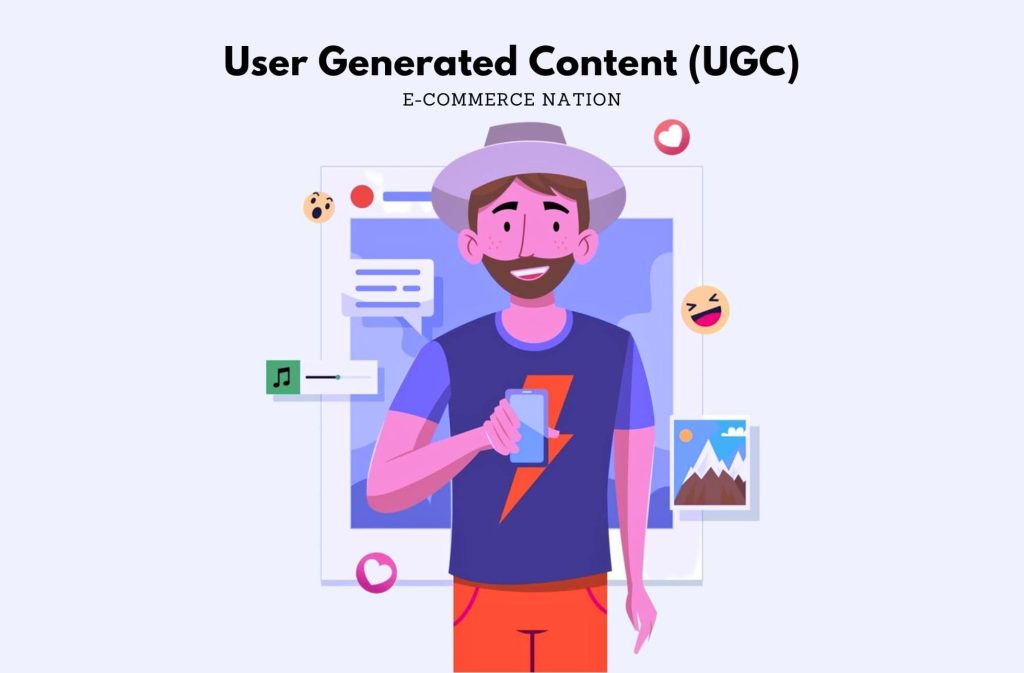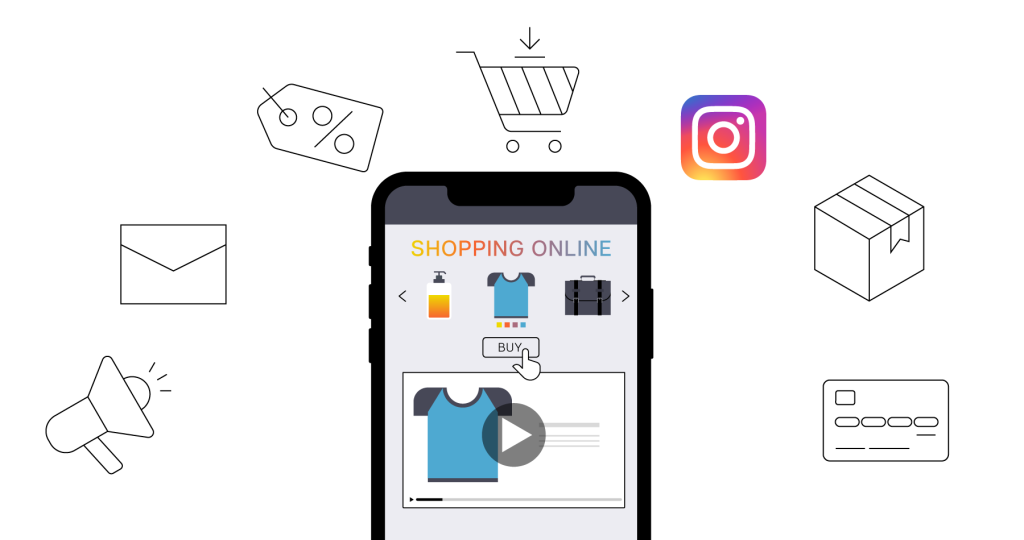Video marketing has rapidly become one of the most effective ways for businesses to reach, engage, and convert their target audience. With the increasing consumption of video content across platforms like YouTube, Instagram, TikTok, and even LinkedIn, it’s no surprise that businesses are shifting their focus toward video as a cornerstone of their marketing strategy. But what exactly is video marketing, and why has it gained so much importance?
At its core, video marketing is about using videos to promote or market your product, service, or brand. It involves creating compelling and engaging video content that resonates with your audience, telling your brand’s story, explaining your products, and ultimately leading viewers to take action. The power of video lies in its ability to combine visual, auditory, and emotional elements to deliver messages in a way that text or images alone often cannot.
In this blog post, we’ll explore what video marketing entails, why it’s so effective, and how you can leverage it to grow your business. We’ll also dive into the best practices, trends, and insights you need to know to make the most out of your video marketing efforts.
Why Video Marketing Works
The impact of video marketing is undeniable, and its effectiveness can be attributed to several key factors. First, video captures attention like no other medium. People are naturally drawn to moving images and storytelling, and videos provide a dynamic way to engage viewers from the very beginning. Whether it’s a promotional video, tutorial, or behind-the-scenes clip, video grabs attention and holds it.
Second, video simplifies complex messages. Explaining a product’s features, demonstrating how something works, or showcasing customer success stories are far more digestible when conveyed through video. A well-crafted video can communicate in seconds what might take paragraphs of text to explain. This clarity is especially useful for businesses with complex offerings or new technologies.
Perhaps the most compelling reason video marketing works is its ability to create an emotional connection. Videos engage multiple senses and tell stories in ways that evoke emotions—whether it’s excitement, inspiration, or trust. People are more likely to remember a brand and its message when it resonates emotionally. This emotional connection often translates into stronger brand loyalty and higher conversion rates.
Benefits of Video Marketing for Your Business
Incorporating video into your marketing strategy has numerous benefits that can drive business growth and increase engagement with your audience.
One of the most significant advantages of video marketing is its impact on conversion rates. Studies show that including a video on a landing page can boost conversions by as much as 80%. Videos help potential customers better understand your product, which makes them more likely to take the next step, whether that’s making a purchase, signing up for a newsletter, or booking a consultation.
Video also improves search engine optimization (SEO). Search engines like Google prioritize content that keeps users engaged for longer periods, and video is perfect for this. When people stay on your page to watch a video, it signals to search engines that your content is valuable. This, in turn, boosts your rankings, driving more organic traffic to your site.
Additionally, video increases social media engagement. Platforms like Instagram, Facebook, and TikTok are designed to prioritize video content, often pushing it to more viewers than static images or text posts.
A well-executed video can go viral, significantly increasing your brand’s reach in a short amount of time. Even if your video doesn’t reach millions of views, the authenticity and relatability that video provides often result in higher engagement, such as likes, shares, and comments.
Finally, video marketing allows for personalization. By tailoring your video content to specific segments of your audience, you can deliver messages that feel more personal and relevant. This targeted approach helps to build stronger relationships with customers, making them feel valued and understood.
How to Get Started with Video Marketing
The idea of diving into video marketing can seem overwhelming, especially if you’re new to the process. However, it doesn’t have to be complicated. The first step is to clearly define your goals. What do you want to achieve with your videos? Are you looking to build brand awareness, generate leads, or drive sales? Having a clear objective will guide the type of video content you create and how you measure success.
Next, identify your target audience. Understanding who you’re speaking to is crucial because it will influence the tone, style, and content of your videos. Are your viewers primarily young professionals on Instagram? Or are they business executives looking for in-depth industry insights on LinkedIn? Each audience responds differently to video content, so tailoring your videos to their preferences is key.
Once you’ve established your goals and audience, it’s time to start creating your video content. Don’t worry if you’re not a professional videographer—modern smartphones have incredible video capabilities, and there are plenty of user-friendly editing tools available. The most important factor in video marketing is authenticity. People connect with real stories and genuine messages more than overproduced and overly polished videos. Focus on telling your brand’s story in an authentic, relatable way.
Remember, not every video needs to be a commercial. Consider creating different types of videos, such as product demonstrations, customer testimonials, how-to guides, and behind-the-scenes content. Each type of video serves a different purpose and allows you to engage your audience in multiple ways.

Best Practices for Video Marketing Success
To ensure that your video marketing efforts are successful, there are a few best practices to keep in mind.
First, keep your videos short and to the point. Attention spans are shorter than ever, and viewers are more likely to watch a video from start to finish if it’s concise and engaging. While longer-form videos can work in certain contexts (like educational webinars or product deep dives), aim to keep most of your marketing videos under two minutes.
Another best practice is to include a clear call to action (CTA) in your videos. Whether you want viewers to visit your website, sign up for a newsletter, or make a purchase, make sure to guide them on what to do next. A well-placed CTA encourages engagement and increases the chances of conversion.
It’s also important to optimize your videos for each platform. A video that works well on YouTube may not perform as effectively on Instagram or TikTok. Each platform has its own style, audience preferences, and technical requirements, so adapt your video content accordingly. For instance, vertical videos are more suited for Instagram Stories or TikTok, while YouTube thrives on horizontal, long-form content.
Finally, don’t forget about analytics. After you’ve published your videos, track their performance using metrics like views, engagement, and conversion rates. Analyzing this data will give you valuable insights into what’s working and what can be improved. This iterative approach helps you refine your strategy and create more impactful videos over time.
Trends in Video Marketing
Video marketing is constantly evolving, and staying on top of the latest trends can give your business a competitive edge. One of the biggest trends right now is **live streaming**. Platforms like Facebook, Instagram, and YouTube offer live streaming features that allow businesses to interact with their audience in real-time. Whether it’s for product launches, Q&A sessions, or behind-the-scenes tours, live streaming creates a sense of immediacy and authenticity that pre-recorded videos can’t match.
Another emerging trend is the use of short-form videos. TikTok’s explosive growth has shown that short, snappy videos can be just as powerful as longer ones. These quick, bite-sized videos are perfect for capturing attention and delivering a message quickly. Instagram Reels and YouTube Shorts have also embraced this format, making it easier for businesses to reach audiences who prefer fast, digestible content.
Interactive videos are also gaining popularity. These videos allow viewers to engage directly with the content by clicking on links, answering questions, or making choices that affect the outcome of the video. This level of interactivity not only keeps viewers engaged but also provides valuable data on their preferences and behaviors.
Conclusion
It’s clear that video marketing isn’t just a trend—it’s a must-have strategy for any business looking to thrive in the digital world. By following best practices, staying on top of trends, and crafting authentic, engaging content, you can harness the full potential of video marketing to grow your business. Whether you’re a small startup or a large enterprise, video marketing can help you stand out in a crowded market and connect with your audience in a meaningful way.






